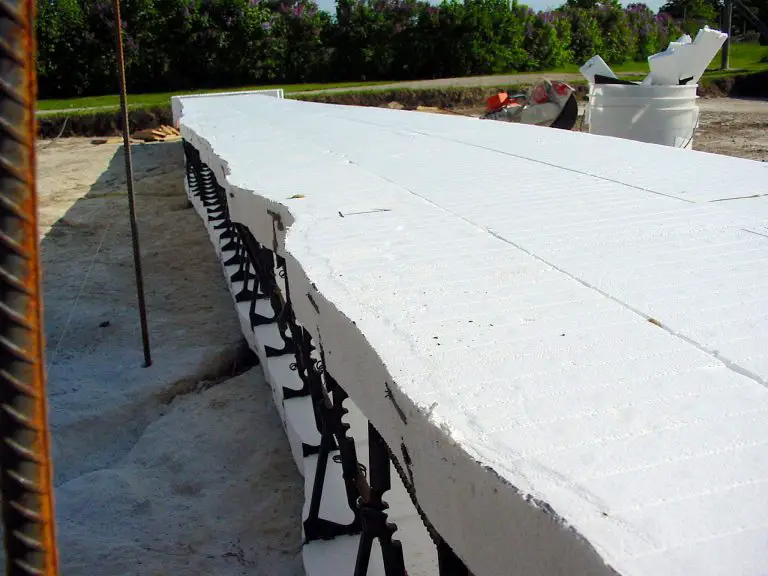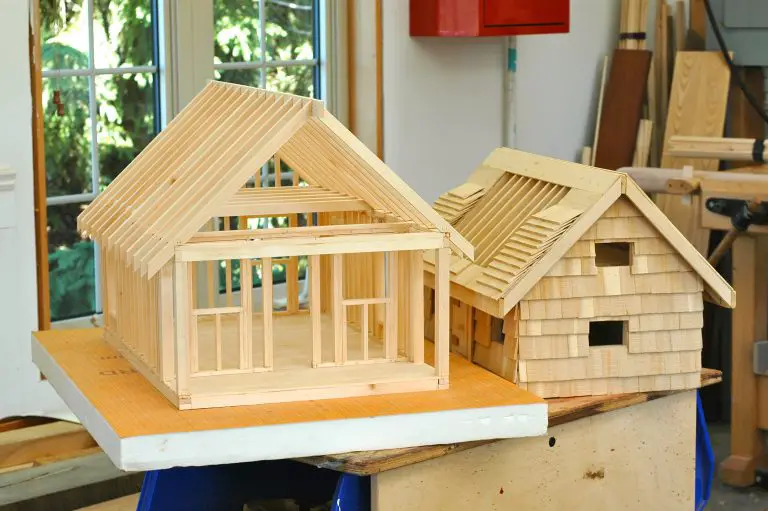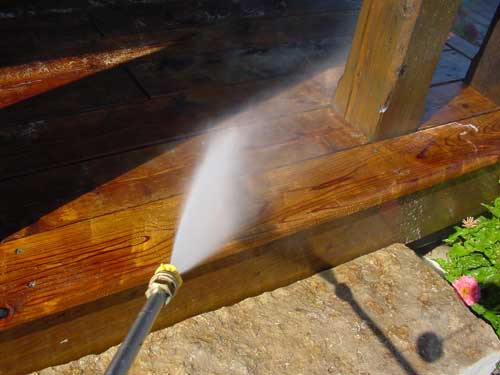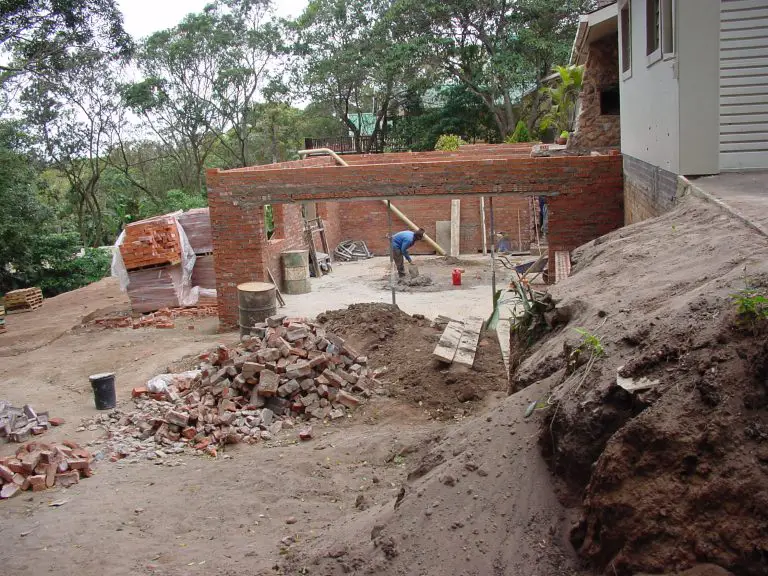
Your roof is your home’s shield against rain, wind, snow, and sun. Yet, it’s easy to forget its importance until a problem arises. On a stormy night, rain may leak into your interiors. A leaky roof is a significant inconvenience, but can also damage ceilings, walls, floors, and even your belongings. This is why it’s wise to be proactive about the condition of your roo, and avoid costly and avoidable repairs.
Here, you’ll learn how to spot the early warning signs of roof trouble and take the necessary steps.
1. Understanding Your Roof’s Lifespan
Just like any part of your home, your roof has a lifespan. Knowing how long you can expect it to last is the first step in determining when it’s time for a replacement.
Different roofing materials have different lifespans. Asphalt shingles, the most common type, typically last 15-20 years. Metal roofs, on the other hand, can last 40-70 years, while slate or tile roofs can protect your home for a century or more.
But the age of your roof isn’t the only factor. Several things can shorten or extend its life. Harsh weather conditions, like extreme heat, heavy snow, or frequent storms, can accelerate wear and tear. Poor maintenance can also take a toll. On the flip side, regular inspections and prompt repairs can help your roof last longer. This is where roofing contractors can help.
2. Visible Signs Of Trouble
According to Ranch Roofing in Lexington, the following are the most common telltale signs that your roof might be in trouble that can be spotted with a simple visual inspection.
- Missing or damaged shingles: Keep an eye out for missing, cracked, curled, or buckling shingles. These are all signs of wear and tear and can leave your roof vulnerable to leaks.
- Granule loss: Roof shingles have granules, tiny mineral particles that protect them from the sun’s rays. If you see granules accumulating in your gutters or downspouts, it’s a red flag. It means your shingles are losing their protective layer and might need replacing.
- Sagging roof deck: If you notice that your roofline is sagging, don’t ignore it. This indicates a structural issue and could mean your roof deck is compromised.
- Moss or algae growth: While moss and algae might seem harmless, they can trap moisture against your roof, leading to rot and decay. So, if you see these growths, it’s time to investigate further.
Make it a habit to visually inspect your roof for timely identification of defects.
3. Interior Clues
Sometimes, your home’s interior can give you the first clue that something’s wrong.
- Ceiling stains or watermarks: Discolored spots on your ceiling or walls often indicate a leak. Even a small leak can cause significant damage over time. So, it’s crucial to address it promptly.
- Peeling paint or wallpaper: Moisture seeping in from a leaky roof can cause paint or wallpaper to peel. If you see this happening, especially on upper floors or near the edges of rooms, it’s a strong sign that your roof needs attention.
- Attic Issues: Your attic is a prime spot to check for roof problems. Look for any signs of leaks, dampness, or mold. These can all indicate that water is getting in through your roof and damaging your home’s structure.
Again, regular inspection is your winning point to promptly identifying these issues.
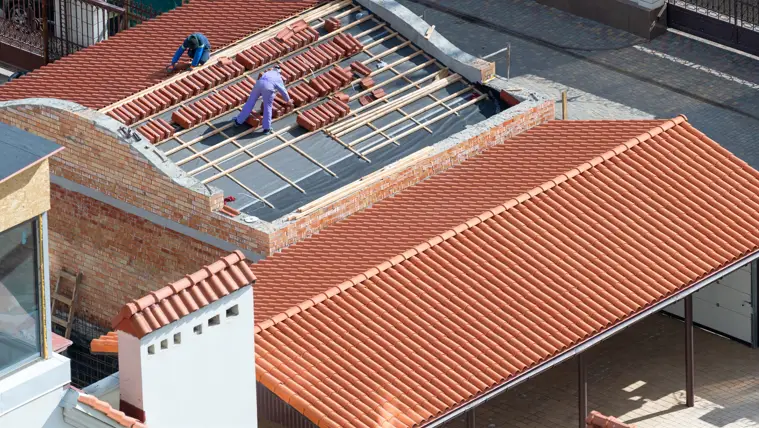
4. Professional Inspection
While you can spot many signs of roof damage yourself, a professional inspection is essential for a thorough assessment.
It’s a good idea to schedule an annual roof inspection, especially if your roof is older. Also, call a roofer after a major storm to check for any damage you might not be able to see.
During an inspection, a roofer will examine your roof from top to bottom. They’ll check for all the signs discussed herein, as well as any underlying issues. They’ll also give you a detailed report outlining their findings and recommendations.
Don’t just settle for the first roofer you call. Get estimates from at least three different companies. This allows you to compare their prices, experience, and proposed solutions. It’s your home and your investment. So, take the time to make an informed decision.
5. Financial Considerations
Replacing your roof is a significant investment, so it’s important to understand the financial aspects involved. If your roof has minor damage or is relatively new, repairs might be sufficient. However, if the damage is extensive or your roof is nearing the end of its lifespan, a full replacement might be more cost-effective in the long run.
The cost of a new roof varies depending on several factors, including the size of your house, the type of roofing material you choose, and your location. Generally, asphalt shingles are the most affordable option, while metal, slate, or tile roofs are more expensive. It’s best to get multiple estimates from reputable roofers to get an accurate idea of the cost.
If you’re not able to pay for a new roof upfront, several financing options are available. You can explore home equity loans, personal loans, or even roofing company financing plans. Be sure to compare interest rates and terms before making a decision.
Conclusion
Your roof is a vital part of your home’s protection. Knowing when to replace it is key to maintaining its integrity. Don’t wait for a leak to ruin your day (and your home). Be proactive in monitoring your roof’s condition. Regularly check for any signs of damage, and if you notice anything unusual, don’t hesitate to call a professional roofer. Taking care of your roof now can save you from costly repairs and headaches down the road.







